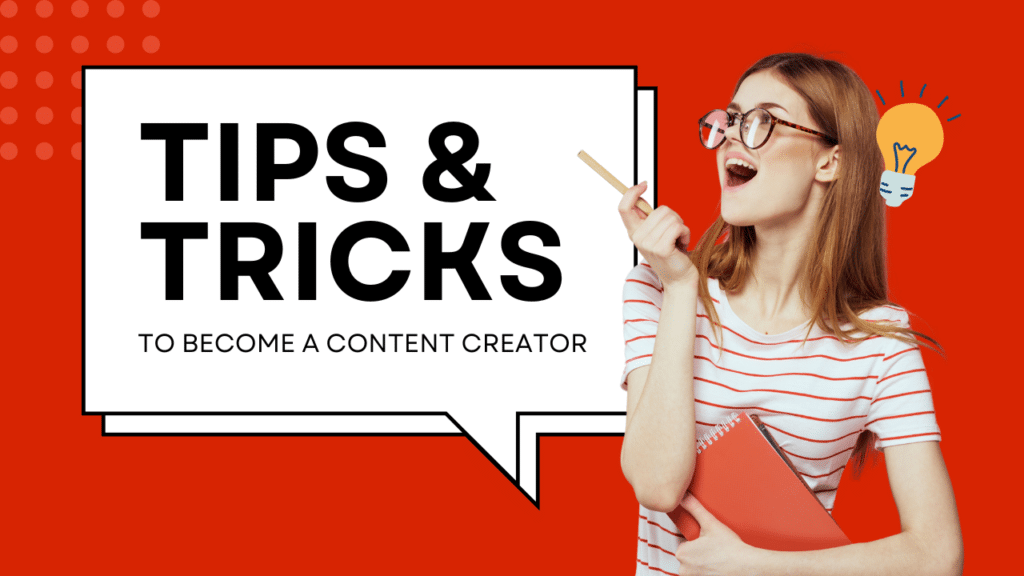Lead Generation For beginners: How to Attract Them and Convert Easily into Clients
Want to scale up your business? Learn about one of the most critical business strategies that will help you dramatically improve your business: lead generation.
What does it even mean, and how can you start creating highly qualified leads today?
In this article, we will be introduced to what lead generation is and why it is so vital for the growth of businesses.
The steps outlined herein would be workable and very useful for the novice who intends to get started with an effective lead generation strategy.
Whether you run a small business yourself or are just getting familiar with marketing, this guide will let you understand how to attract prospective clients and create loyal clients out of them.
What is Lead Generation?
On the other hand, lead generation is such a process where you get strangers noticing your existence, gaining their attention toward becoming leads or prospective customers.
Generally speaking, such leads are interested in what you are offering and therefore come along with better possibilities of buying something from you after some time.
Generally speaking, lead generation starts when somebody interacts with your brand-be that through visiting your website, subscribing to your newsletter, or even downloading some resource for free.
At this point, they become a lead that you can nurture further toward closing a sale.
Why Is Lead Generation Important?
There are no sales without leads. Successful lead generation:
It drives more sales opportunities-the more the leads, the better the chances of closing a customer.

Brand awareness is created:
often, lead generation involves the provision of some useful content that introduces your brand to the potential customers.
Long-term growth:
Consistent creation of leads ensures that there is always someone in the offing to keep business coming.
LEAD GENERATION IS NOT JUST ABOUT DRIVING TRAFFIC TO YOUR WEBSITE; IT’S ALL ABOUT CONVERSION AND CAPTURING QUALIFIED LEADS FROM THOSE VISITORS.
Let me break this down into what each of the steps involves:
Lead Generation
At this stage, leads are generated by driving people onto one’s website or landing page. This could be through several marketing tactics: organic and paid.
SEO:
This stands for Search Engine Optimization, which is a broad term referring to the optimization of your website and structure, content, and keywords, so when potential customers try to search in search engines for something similar, your business will pop up.
Anything from blog writing to the optimization of product descriptions and structural improvements on your website goes here.
Content Marketing:
It basically entertains useful information to amaze your target audience regarding your pain points. If your business is about the world of fitness, you can share an article like “10 Tips for Building a Healthy Workout Routine” and fetch visitors concerned about health.
Social Media Marketing:
Share your content across different social media platforms like Facebook, Instagram, LinkedIn, Twitter in order to let your potential lead know about it.
Paid Advertising:
This is where, using different advertising platforms such as Google Ads, Facebook Ads, or LinkedIn Ads, some money is spent in order to advertise targeting audiences and driving traffic toward the site.
Beginners’ Tip:
As a novice player, you want to focus on two or three channels where your audience is most responsive.
Suppose your target audience includes other professionals; then, LinkedIn will be the place to be. And if those in the younger age brackets understand better with visuals, Instagram would be exactly what one needs.
Capturing Leads
Once on your site, you want to capture that. In most cases, this is accomplished through lead capture forms-on-site locations where visitors will provide you with their name, email, or some other contact information in return for something of value.

Some of the most common ways of capturing leads include:
Free Resource Offering-LM: An eBook is basically a white paper, a checklist, or any other kind of template that somebody can download from your website once they give their contact information.
Quiz or Survey Creation:
Quizzes are one of those more engaging formats that, in fact, incentivize people to give you information at the end. Giveaways:
You can run some sort of giveaway and in return ask people for your email address for participation.
Example:
A certain digital marketing agency may give away a free guide to “10 Ways to Increase Your Website Traffic” in return for an email subscription to their service.
Best practice for beginners:
Keep your lead capture forms as minimalistic as possible.
Never ask for too much information right up front, because that could be a reason people don’t fill out the form. Usually, asking just someone’s name and email is enough to get you going.
Lead Nurturing
Having his information, the next objective will be the relationship building and taking him further down the process to actually close the deal.
Most of the time, this can be achieved by nurturing the lead-what some people refer to as email marketing.
Cadences:
Develop a string of emails that are automatically triggered. In each, you are providing value;
you are equipping them to solve some more problems and work to encourage them to take the next step, whether that means booking a consultation or making a purchase.
Personalized Content:
Make personalized content regarding the behavior of the lead. If someone downloads an eBook, where the content is about social media marketing, deliver even more resources in that same niche.
Social Media:
Keep alive on social media. Just posting relevant content and interacting with your audience will do, in order to keep your brand alive in the memory of your audience.
Beginner Tip:
Set up an easy e-mail campaign in Aweer that may just welcome the new lead into your business and introduce yourself to them.
Always make sure that with every single e-mail you send, you provide value, not try to sell in each one.
Not every lead at a time gets converted into a customer; a few need to be nurtured further, while a few may be ready to take a decision quicker.
The art is in identifying when a lead is ready to buy and then connect that with exactly what they are looking for.
Of course, the sale of service could include one free consultation or demonstration of the product for solving the prospect’s problem and be the best option.
Discount/ Promotions:
If your business is an eCommerce company, then you can provide them with some kind of limited-time discount to incentivize leads to buy.
Compelling Calls to Action:
The CTA should be clear and relevant for each touch so that it gets the lead into another successive action. It can be to sign up for a free trial or to actually call up for consultations.
Example:
You’re offering marketing services; you could invite leads to schedule a free 30-minute strategy call where you would have spoken about how those services can help them reach business goals.
Best Practices for Lead Generation

To make your lead generation effort work successfully, here are a few best practices to apply:
Offer Real Value
The lead magnets you show them, contents, and offers should hold actual value for the targeted audience.
The better your offers are in relevance and value, the better their chances of asking for contact information.
Optimize Your Website
Make sure landing pages and lead capture forms are user-friendly, mobile-optimized, and at speed. Slow websites and unintuitive forms equate to high bounces and blown opportunities.
Use Clear and Compelling CTAs
Calls-to-action are the most important thing. They should be specific, be actionable, and persuasive. For example, instead of using generic buttons, use action phrases such as “Get Your Free Guide” or “Start Your Free Trial”.
Tracking and Summarizing Your Findings
To that end, track the effectiveness of your lead generation campaigns using tools like Google Analytics and e-mail marketing services.
Analyze your data-from conversion rates to bounce rates, or open email rates-the list goes on-and find out what works and what doesn’t.
Conclusion: Ready to Get Started with Lead Generation?
It drives leads, which will grow your business. Most importantly, it is not that hard, as one may imagine it to be.
Quite contrary, when you concentrate your marketing efforts on capturing the right audience, gathering information, nurturing, and guiding prospects to making a sale, you create a feasible pipeline of future customers.
It’s all about adding value through each stage of the funnel and iteratively informing your strategies upon the data.
With that said, let’s dive into taking action with a deeper understanding of lead generation.
Now go create your very first lead magnet, create your lead capture form, and build your very first email nurturing sequence for those brand-new leads.
Are you ready to scale your business with professional lead generation? Click here to get started today!



